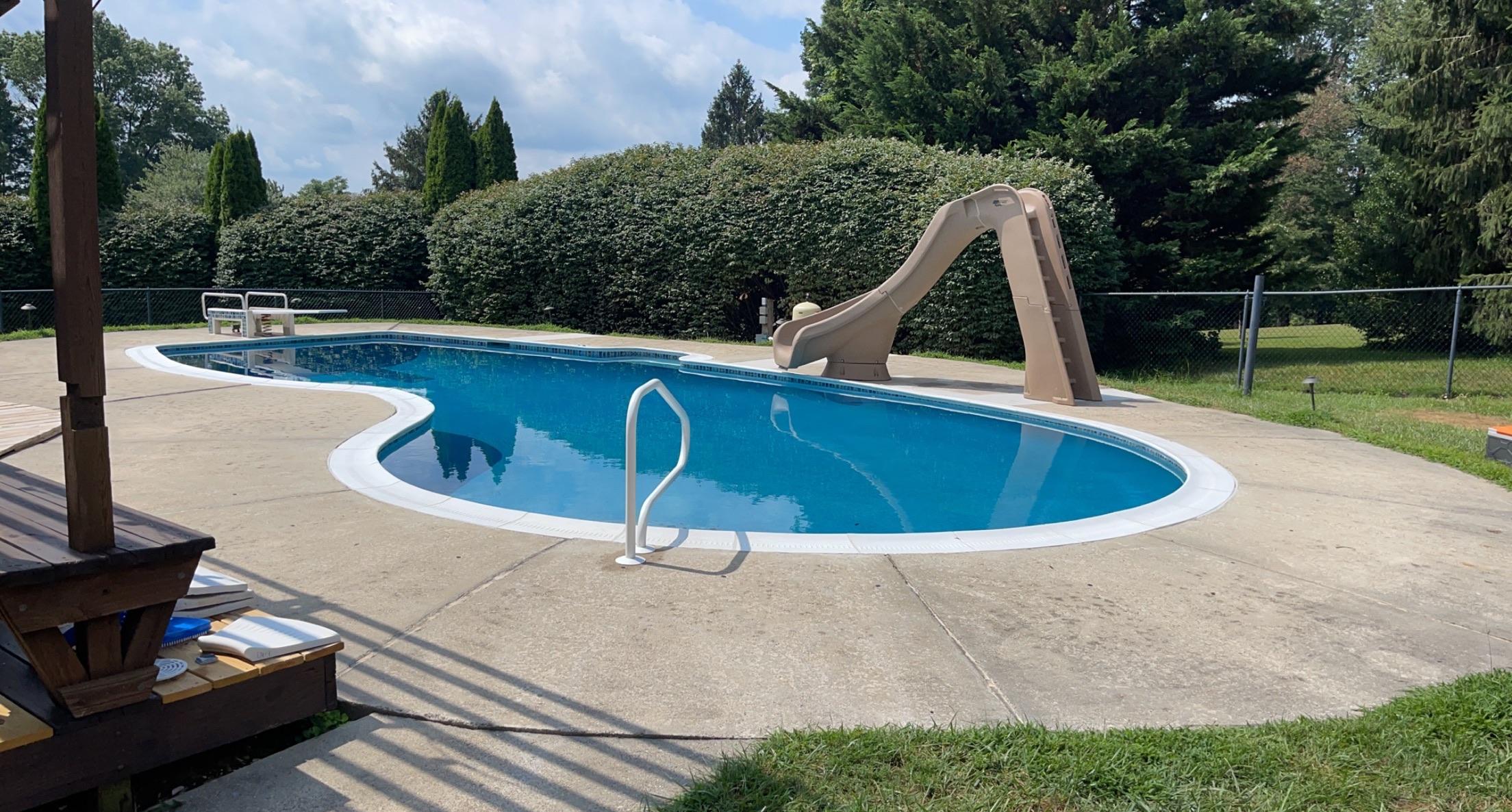As spring unfolds, bringing with it the promise of warm, sunny days, the anticipation of diving into a clean and comfortable pool becomes almost palpable. However, this perfect scene can quickly turn dark upon discovering that your pool, once a haven of relaxation and enjoyment, now exhibits unmistakable signs of wear and tear. Cracks come through its surface, stains take away the pop of original colors and designs, and areas that used to be smooth to the touch now feel rough and uncomfortable. This scenario, far too common for many pool owners, signals the pressing need for pool resurfacing – essential for the longevity and safety of your swimming pool. You can streamline this project by working with a trusted professional.
Identifying the Need for Pool Resurfacing
The decision to resurface your pool should not be taken lightly. It’s a necessary step when certain signs become evident. Cracks, peeling, and staining not only detract from your pool’s appearance but can also lead to more significant issues, such as water leaks and increased chemical usage. Furthermore, a rough surface can pose safety risks, leading to scrapes and cuts. Recognizing these early signs and addressing them promptly can save you from more extensive, costly repairs down the line.
Understanding the Pool Resurfacing Process
Pool resurfacing, although a complex procedure, can be distilled into a series of steps, beginning with a thorough cleaning and ending with the application of a new surface material. This process not only restores the beauty of your pool but also extends its lifespan, ensuring many more years of enjoyment. However, the key to a successful resurfacing lies in choosing the right professionals for the job—those with the experience and expertise to bring your pool back to its former glory.
Choosing the Right Materials for Pool Resurfacing
The selection of materials for resurfacing your pool is critical to achieving the aesthetic you’re looking for. There is a wide range of finishes from pebbled to quartz. Each material offers its own set of benefits, from durability and longevity to aesthetic appeal. Considerations such as budget, maintenance, and the overall look you wish to achieve will guide this decision. It’s a choice that not only affects the immediate appearance of your pool but also its future maintenance requirements and lifespan.
The Resurfacing Process: What to Expect
Embarking on the resurfacing of your pool is a journey that begins with draining the pool and ends with the application of the chosen material. This detailed process involves several stages, including surface preparation, crack repair, and the careful application of the new surface. Understanding what to expect during each phase can help set realistic expectations and ensure a smooth, efficient project flow.
Maintenance Tips Post-Resurfacing
After your pool has been resurfaced, proper maintenance is key to preserving its condition and extending the life of the new surface. Regular cleaning, balanced water chemistry, and timely repairs are all critical components of a comprehensive pool care routine. These efforts will safeguard your investment and keep your pool looking and functioning at its best for years to come.
Choose Aquatic Solutions for Your Pool Needs
Pool resurfacing is more than just a maintenance task; it’s an investment in the enjoyment and safety of your swimming pool. By recognizing the signs that resurfacing is needed, choosing the right materials, and following through with proper care, you can ensure that your pool remains a source of joy and relaxation for many seasons to come. Should you find yourself in need of professional pool resurfacing services, Aquatic Solutions in Frederick, MD, stands ready to assist. With expertise in all aspects of pool care, we’re here to bring your pool back to its peak condition. Visit our pool resurfacing page for more information on how we can help rejuvenate your swimming pool.

